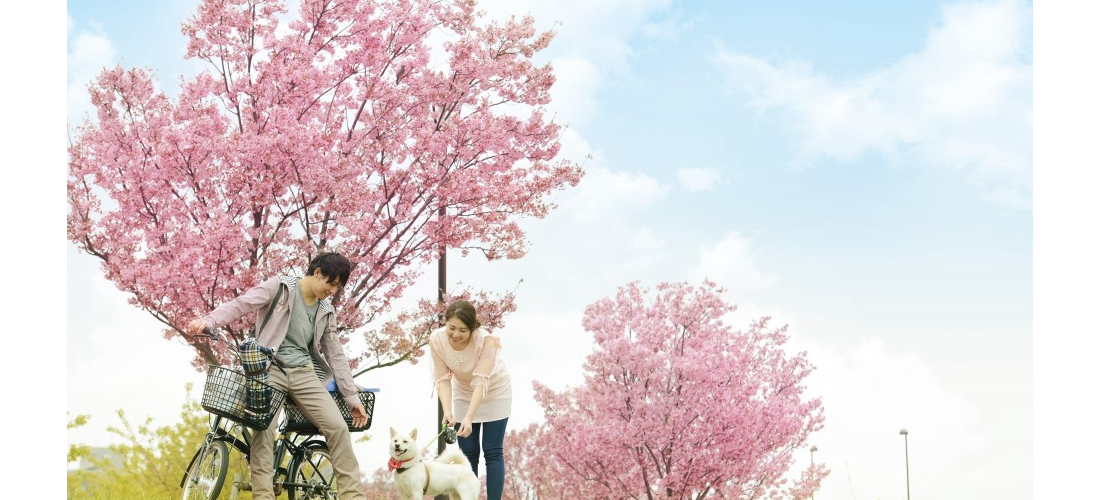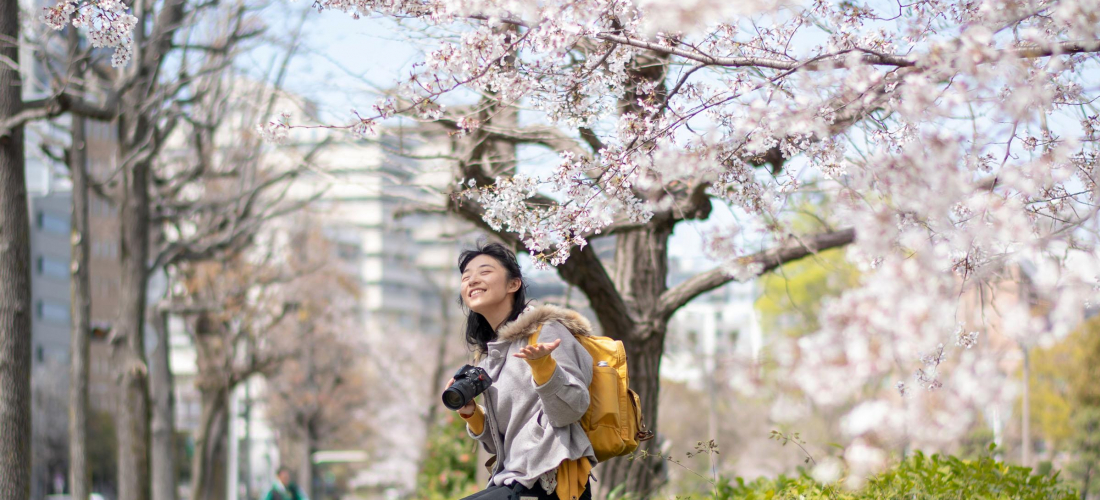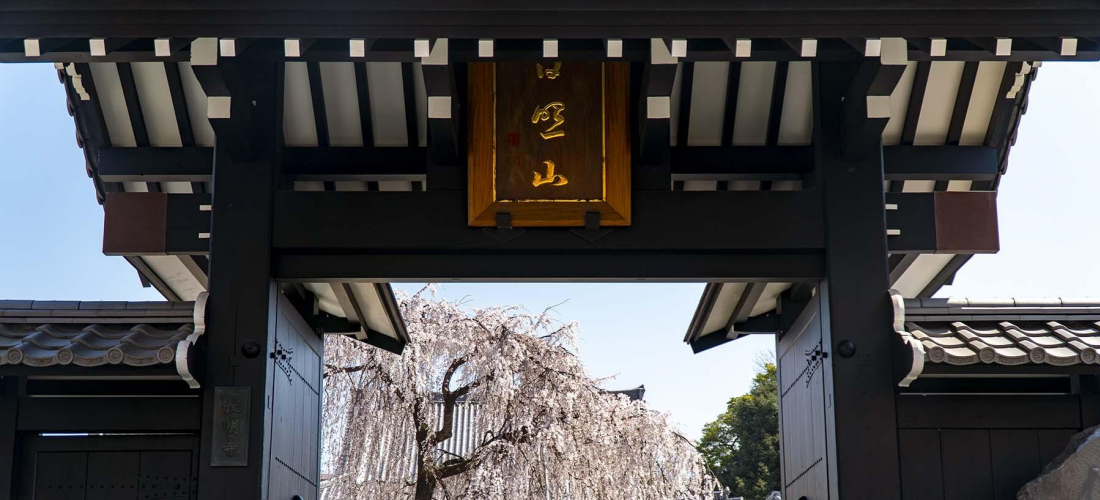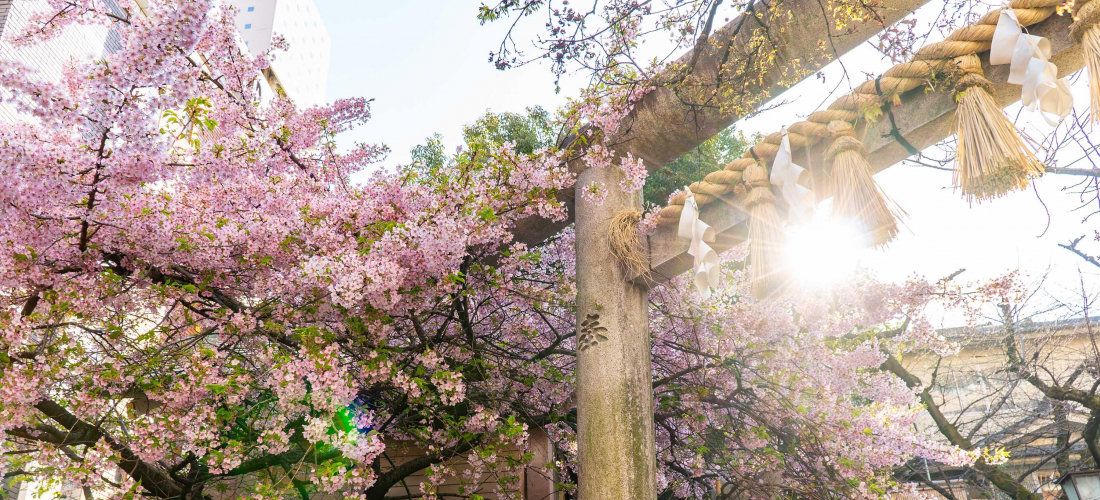CONTENTS
Spring is coming to Tokyo! Try this Tokyo cherry blossom route to explore Ueno and beyond, with popular go-to spots and local favorites too.
See Tokyo with This Cherry Blossom Tour
In Tokyo, cherry blossom season is in the air, and each warm spring breeze seems to bring the flowers closer to full bloom. Soon, this busy city will be submerged in waves of pale pink, turning the whole urban metropolis into a sea of flowers. The cherry blossom lined paths of Ueno Park and other major sakura spots will be flooded with sightseers, photographers, and flower lovers in no time. Cherry blossom season attracts crowds of locals and travelers alike every year, giving everybody a chance to get outside, enjoy the fresh spring air, and appreciate the beauty that comes with the changing of the seasons. In a city like Tokyo, there are lots of different ways to enjoy these pretty pink flowers, from crowded hotspots to quiet little oases. To make the most of Tokyo's cherry blossoms, join us on this route around the Ueno area.
Tokyo Cherry Blossom Spot ① Ueno Park
Our first stop on this tour is one of the most famous cherry blossom viewing spots in all of Tokyo, and a landmark throughout the year: Ueno Park. Located in the heart of Tokyo, Ueno Park is quite easy to get to from just about anywhere in the city, so it's a popular choice for urbanites who want to enjoy a little bit of nature without having to go to far. (It's also a convenient place to start this tour!) Every spring, cherry blossom trees all over the park come into bloom, lining the main paths and surrounding Shinobazu Pond, and people come from all over the world to admire them.
Ueno Park is a sprawling collection of paved paths, green islands, reedy ponds, and more than 1,000 total cherry blossom trees. The park's iconic central boulevard is lined with the variety of cherry blossom called Somei Yoshino (ソメイヨシノ), the most common variety in Tokyo, known for its classic shape and pale color bordering on white – but other varieties can also be found in other spots. Dotted around the green spaces where picnickers gather, and planted around Shinobazu Pond, there are also other varieties like the early-blooming Kanzakura (寒桜), and the many-petalled Kanzan cherry blossom. In recent years, a brand new variety of cherry blossom was even discovered in Ueno Park, and a public vote earned it the name "Ueno Shirayuki Weeping Cherry Blossom" (上野白雪枝垂桜), literally "Ueno snow white" due to its pretty white flowers. Part of the fun of this park is wandering the paths and finding all the unique varieties!
During cherry blossom season, Ueno Park gets very busy and any space that's not a walking path is usually covered with picnic blankets (or more often, blue tarps called "blue sheets") and crowded with traditional "hanami" gatherings where friends and family come together to eat, drink, be merry, and enjoy the pretty flowers all at once. But the usual Ueno Park attractions are also still around in spring! If the flowers aren't enough to attract you on your own, you can also visit Ueno Zoo, or one of the many art, science, and history museums in Ueno Park.
Ueno Park (上野恩賜公園)
Uenokoen, Taito City, Tokyo
Official Website (en)
Tokyo Cherry Blossom Spot ② Yanaka Cemetery
For the rest of this local tour, we'll leave central Ueno and move into an area called Yanesen, which takes its name from the three neighborhoods it encompasses: Yanaka, Nezu, and Sendagi. It's an area known for quaint shopping streets from decades past, mixed with trendy cafes and artsy shops, with an overall relaxed vibe that makes it feel very different from the high-energy excitement of somewhere like Ueno Park. To get to Yanesen and arrive at our next stop, you can either stroll past a series of temples and the Tokyo University of the Arts campus on a pleasant 10 or 15-minute walk, or you can take the train. Keisei and JR have stations on either end of Ueno Park with trains that will take you to right to Nippori Station, and from there it's a couple minutes on foot to Yanaka Cemetery.
"We're going to a cemetery!?" might be what's going through your head right now, but in Japan visiting a cemetery isn't particularly morbid or gloomy. These places may have rows of headstones and monuments, but they also have plenty of trees and walking paths, and many people treat them like public parks. In Japan, people are respectful of the graves, but they also enjoy the sunny roads and the peaceful atmosphere of local cemeteries, and it can be refreshing to face the dead without such a heavy heart.
And so, Yanaka Cemetery has long been a popular cherry blossom viewing spot with locals in the Yanaka neighborhood, and in recent years the secret has leaked to cherry blossom lovers outside Yanaka as well. This quiet spring sanctuary in the modern metropolis of Tokyo offers its own boulevard of cherry blossom trees, with the long branches almost touching overhead to create a tunnel-like effect, and the landscape of the cemetery is dotted with smaller trees. The tombstones of Japanese historical figures and the fresh new life of the blooming flowers mix together for a unique kind of otherworldly beauty.
For visitors looking for a more spiritual experience, the cemetery was built as a part of Tennoji Temple, which still sits at one end of the main road. Nearby, the Anryuin Temple buildings also sit on the edge the edge of the green space. The temples each have their own cherry blossom trees, and beyond their temple gates they offer a slightly different kind of tranquility.
The main road is largely dominated by Somei Yoshino cherry blossoms, just like the paths in Ueno Park, which means the two spots will largely be in full bloom at the same time. The roads of flowers might be similar between the two places, but the atmosphere is entirely different!
Yanaka Cemetery (谷中霊園)
7-5-24 Yanaka, Taito City, Tokyo
Official Website (jp)
Tokyo Cherry Blossom Spot ③ Chomyoji Temple
Less than five minutes on foot from Yanaka Cemetery, Chomyoji Temple is a hidden treasure, tucked quietly away in the back streets near the lively Yanaka Ginza shopping street. During most of the year, the temple is a pleasant but unremarkable little place, much like so many local temples all around Japan. But in the spring, it is overtaken by one enormous, breathtaking weeping cherry blossom tree, that's enough to stop any passerby in their tracks.
Like the nearby cemetery and its temples, Chomyoji is a quiet place to enjoy the flowers, and thanks to its small scale it's still something of a well-kept secret. Of course, when the temple's cherry blossoms are in full bloom and the weather is nice, there are inevitably always a handful of photographers quietly taking pictures of the tree's glorious weeping branches. When faced with the impact of this gorgeous cherry blossom tree, it's hard not to join them and take picture after picture.
Chomyoji Temple (長明寺)
5-10-10 Yanaka, Taito City, Tokyo
Tokyo Cherry Blossom Spot ④ Yanaka Ginza Shopping Street
Worked up an appetite admiring all those flowers? Ready for something a little different from parks and temples? End your cherry blossom tour with a trip to Yanaka Ginza, a retro market street that dates back to the 1940s, just a couple blocks from Chomyoji Temple. The busy street has a distinct air of Showa-era Japan (1926-1989), and new shops mix with old family businesses that have been around for more than half a century, with shops selling everyday goods, handicrafts, and plenty of tasty street food. Far from the tranquility of the nearby cherry blossom spots, strolling along the 400 meters of Yanaka Ginza feels a little bit like stepping into the Tokyo of the past – a whole world away from the steel and glass of more modern parts of the city. Snack on Japanese treats like dango or dorayaki, and look for a fun souvenir or two to remember this unique spot by.
If the retro charm of Yanaka Ginza isn't enough to tempt you, you might be interested to learn that a unique theme has crept up all around the street in recent years: cats. Inspired by the stray cats who sun themselves on walls and other warm surfaces around the neighborhood, there are cat decorations all along the way, and plenty of cat-themed merchandise to be found. There are even little cat paw cakes!
If the timing is right, you won't want to miss Yanaka Ginza at the end of the day. Shops along the street tend to close early, but the street comes alight at sunset, and the steep set of stairs at one end of the road is the perfect place to look out on the picturesque scenery of a brilliant sunset coming to rest behind the quaint little street. What better way to end a day in Tokyo?
Yanaka Ginza (谷中銀座)
3-13-1 Yanaka, Taito City, Tokyo
Official Website (jp)
Start Spring with a New Adventure
"Spring in Tokyo isn't just a new season – it's also a time to get out there, explore, and try something new, and for us at Japankuru that means searching out new and surprising places to enjoy all of Japan's seasonal beauty. From the lively crowds of Ueno Park to the quiet calm of Yanesen's most beautiful cherry blossom spots, and even the old-fashioned fun of Yanaka Ginza, even a little walk around just one part of Tokyo can show you the variety of what this city has to offer. Every neighborhood has something new, so we hope this spring you'll join us as we head out on new cherry blossom adventures. When the season ends, the cherry blossoms will drift away in a flurry of petals, but the memories of Tokyo will always stick with us!
For more info and updates from Japan, check Japankuru for new articles, and don't forget to follow us on X (Twitter), Instagram, and Facebook!"

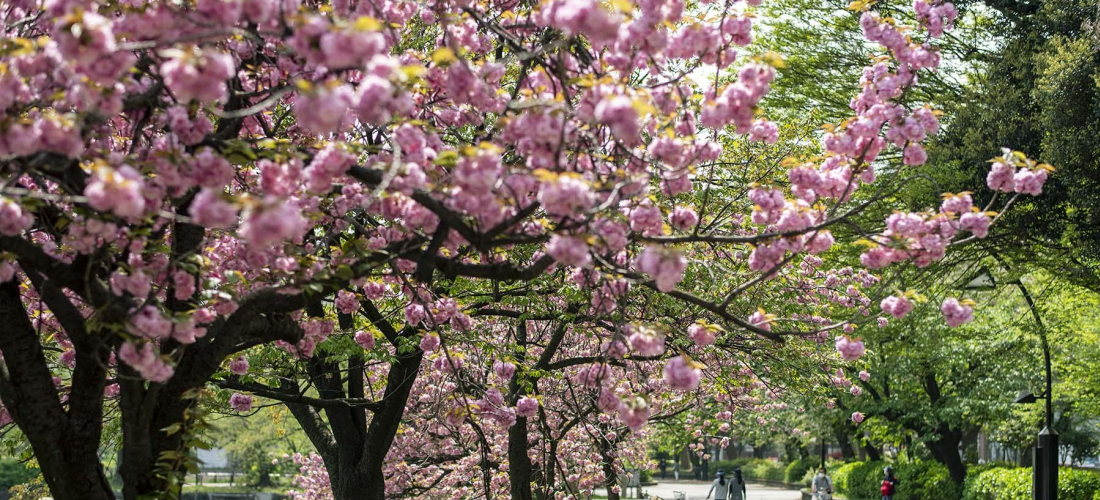
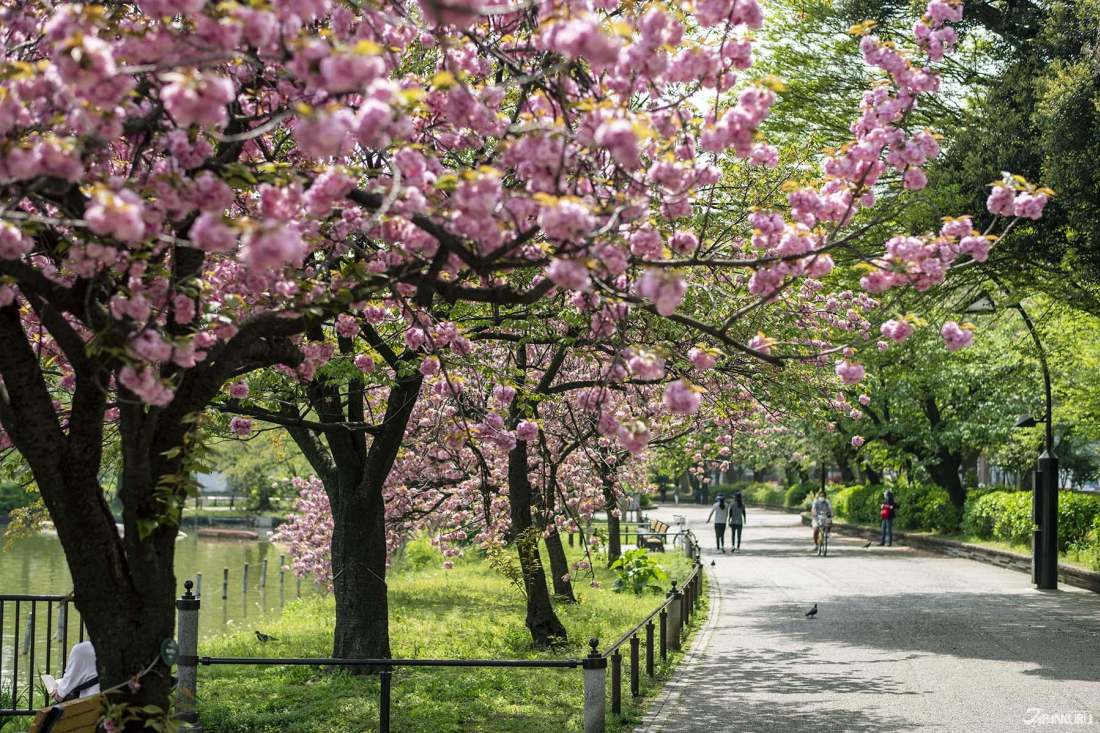
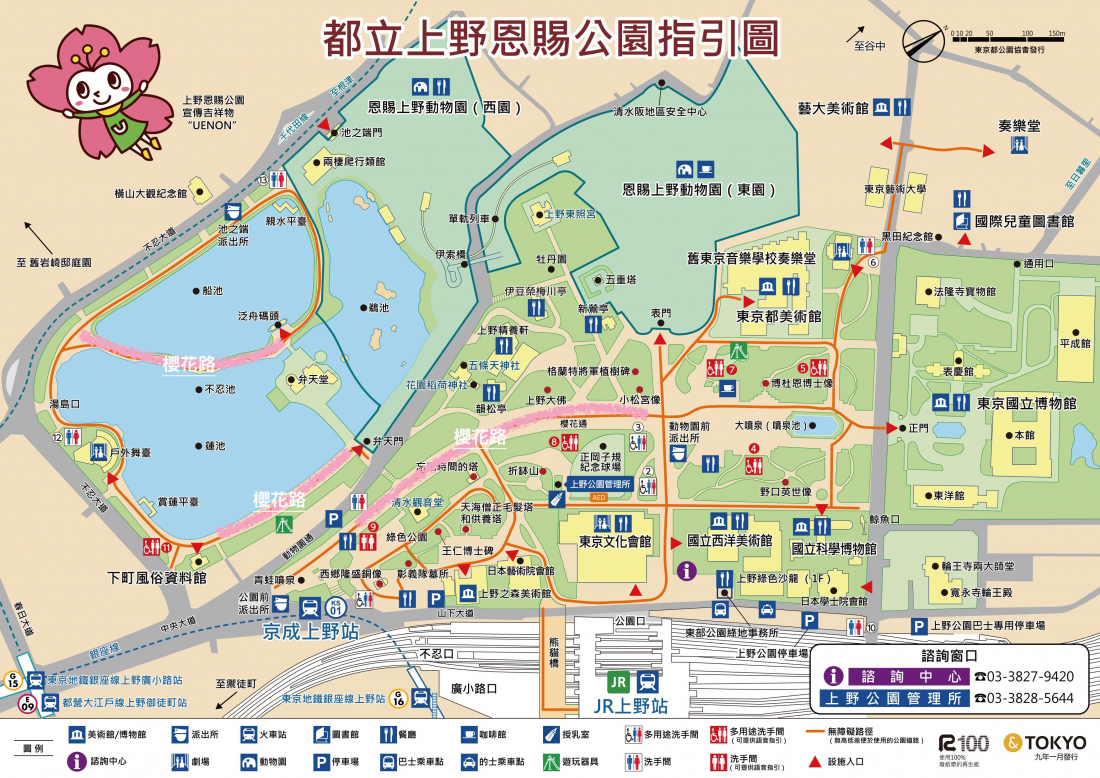
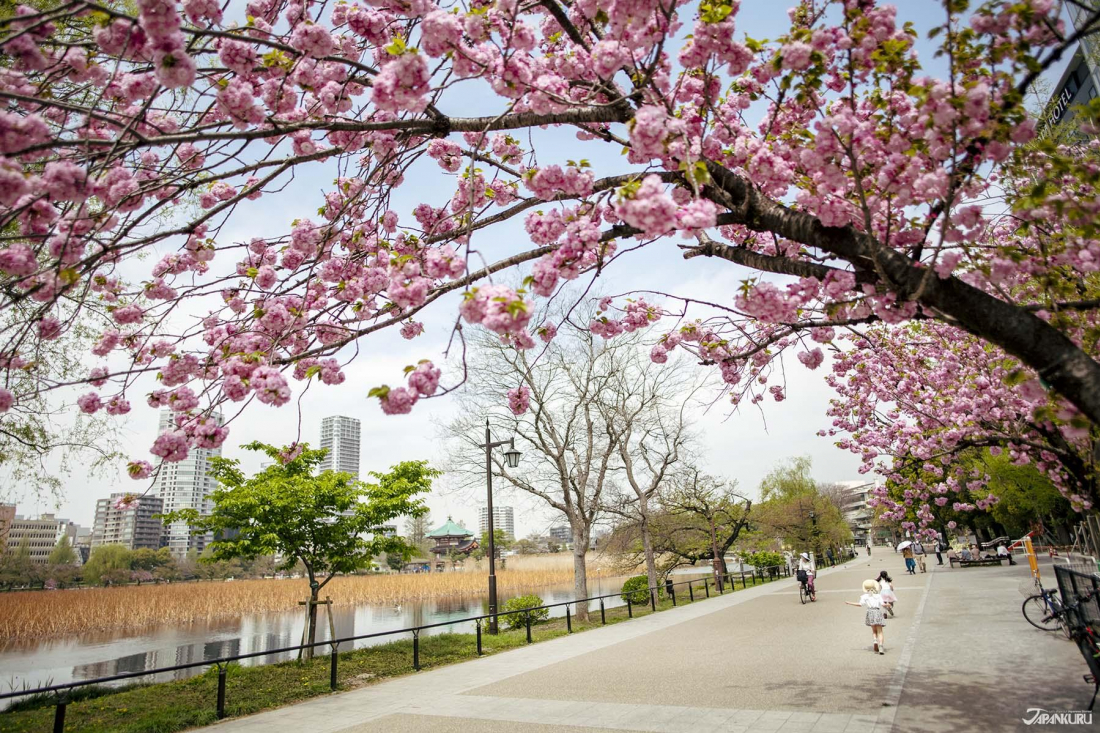
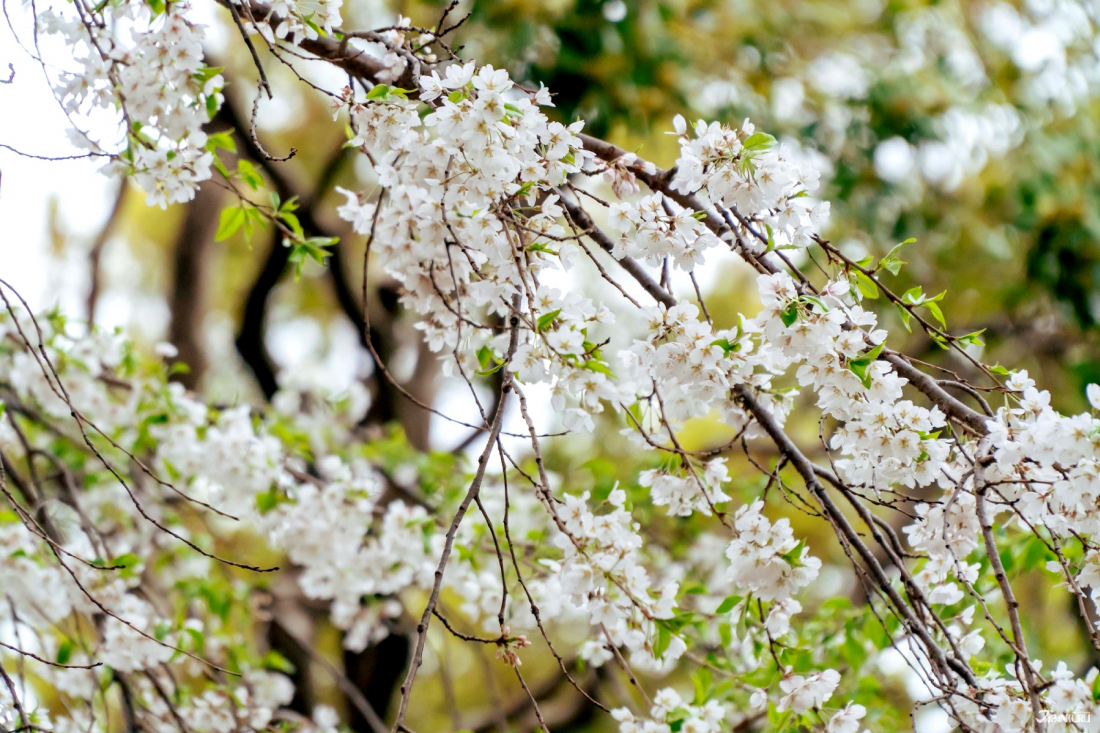
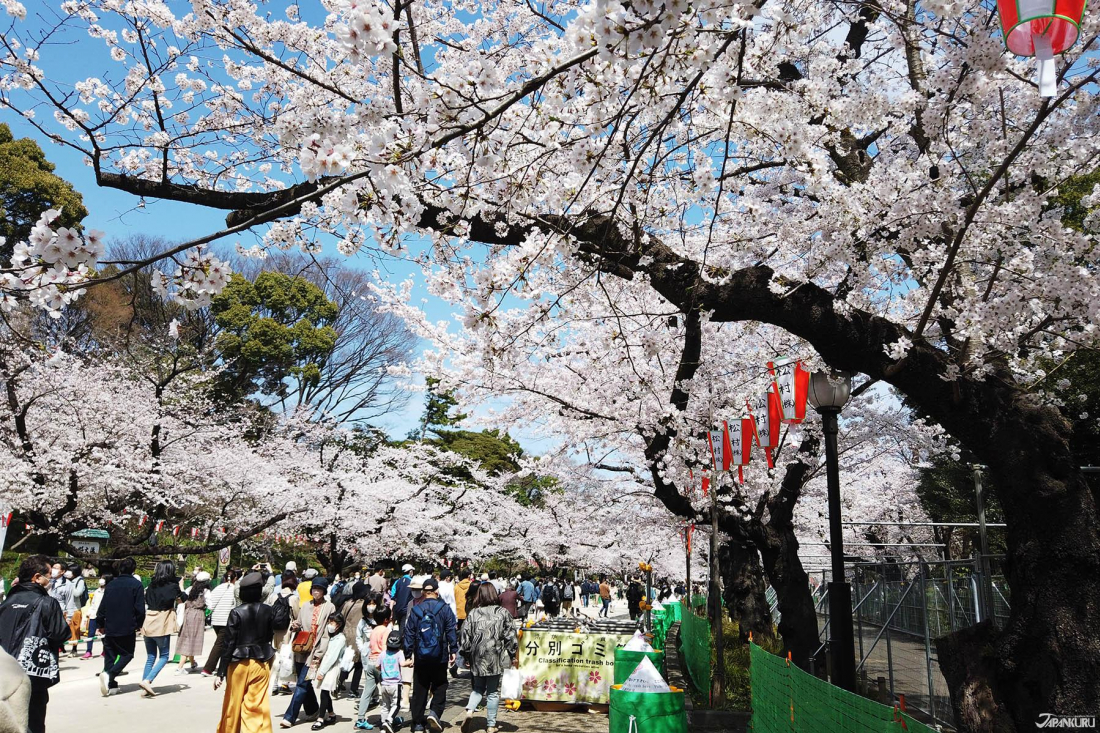


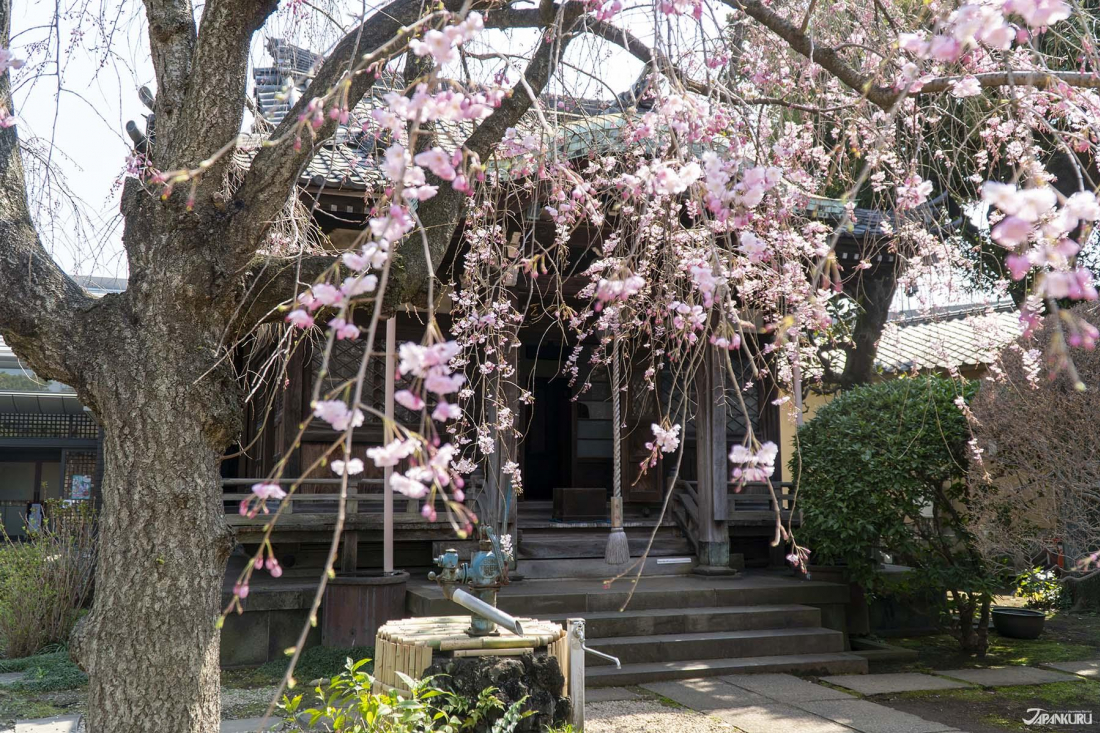


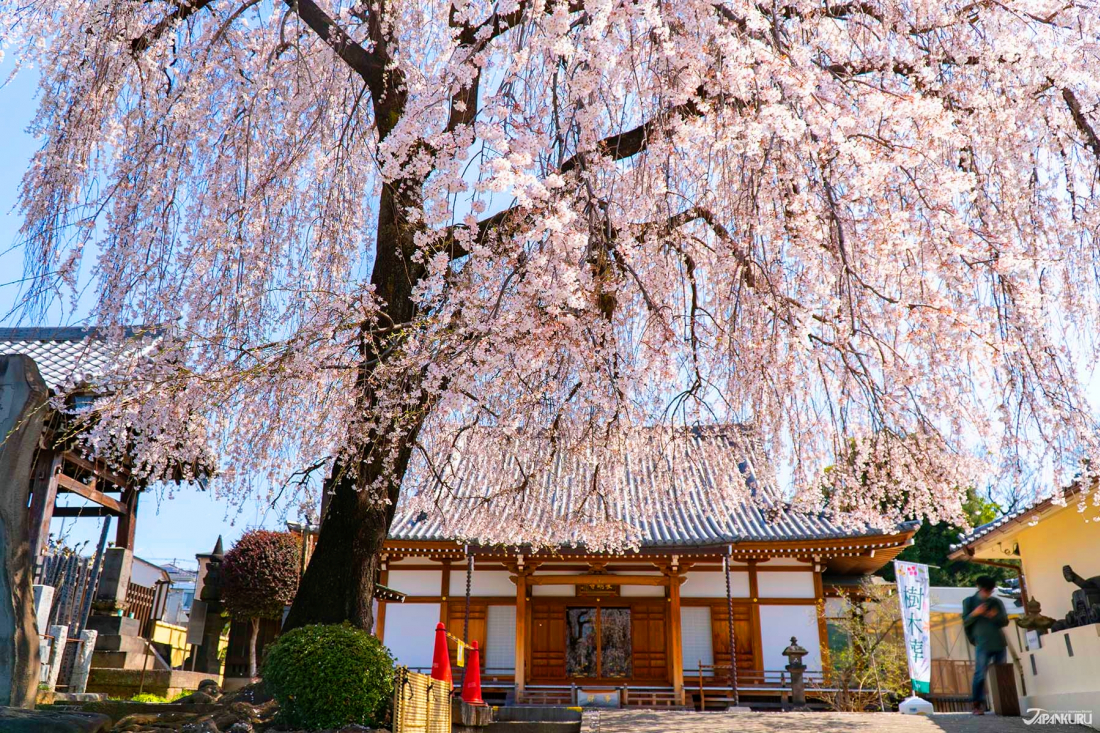


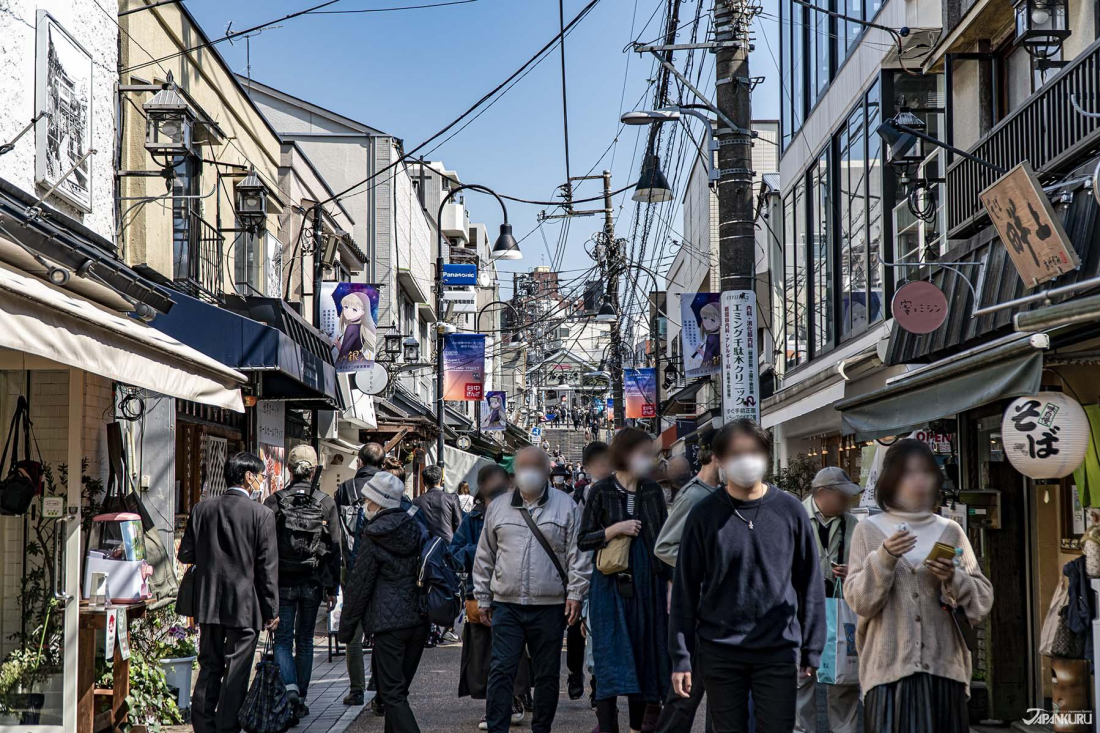
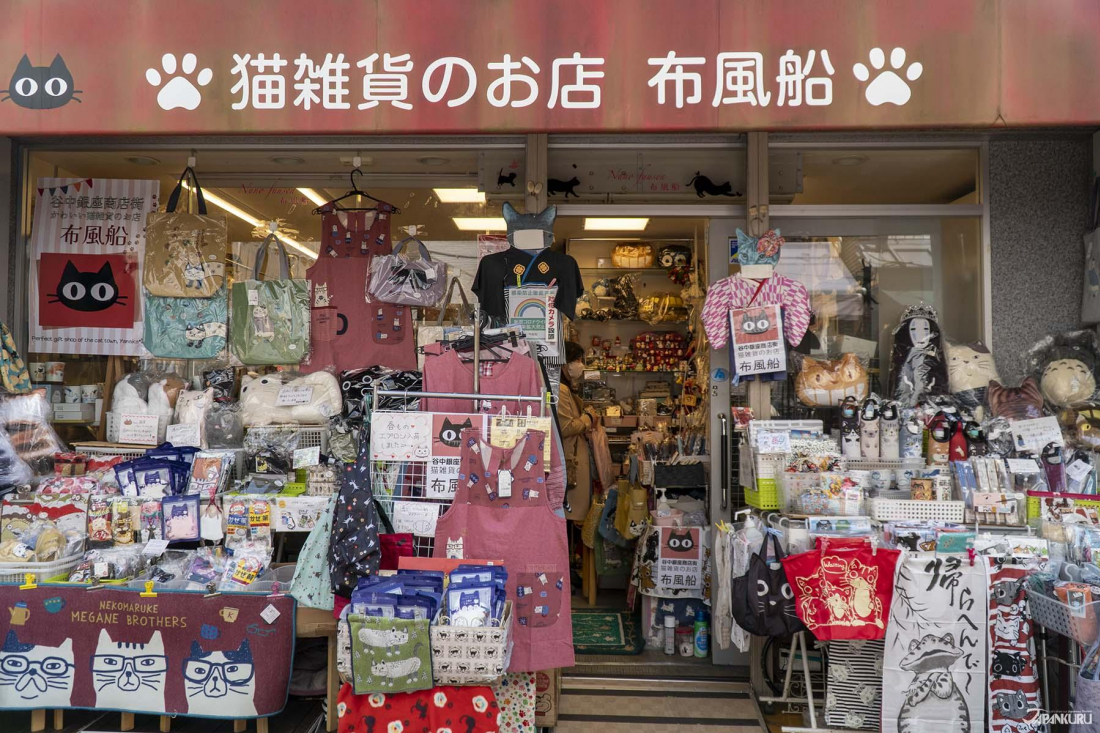
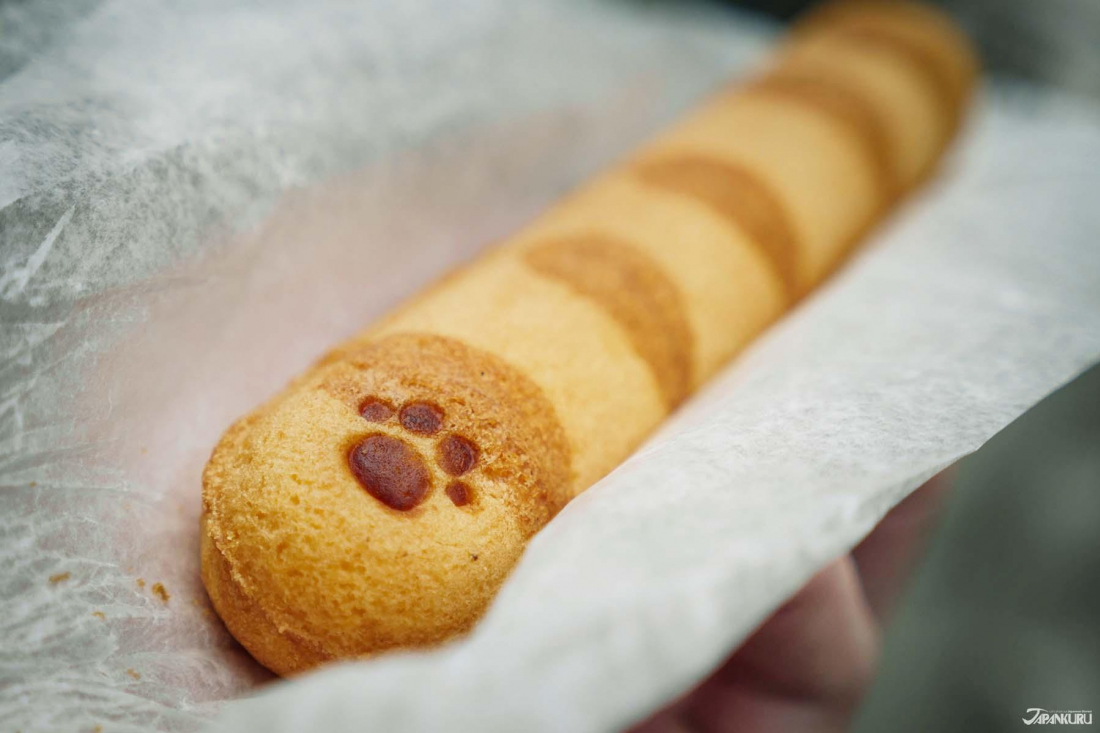
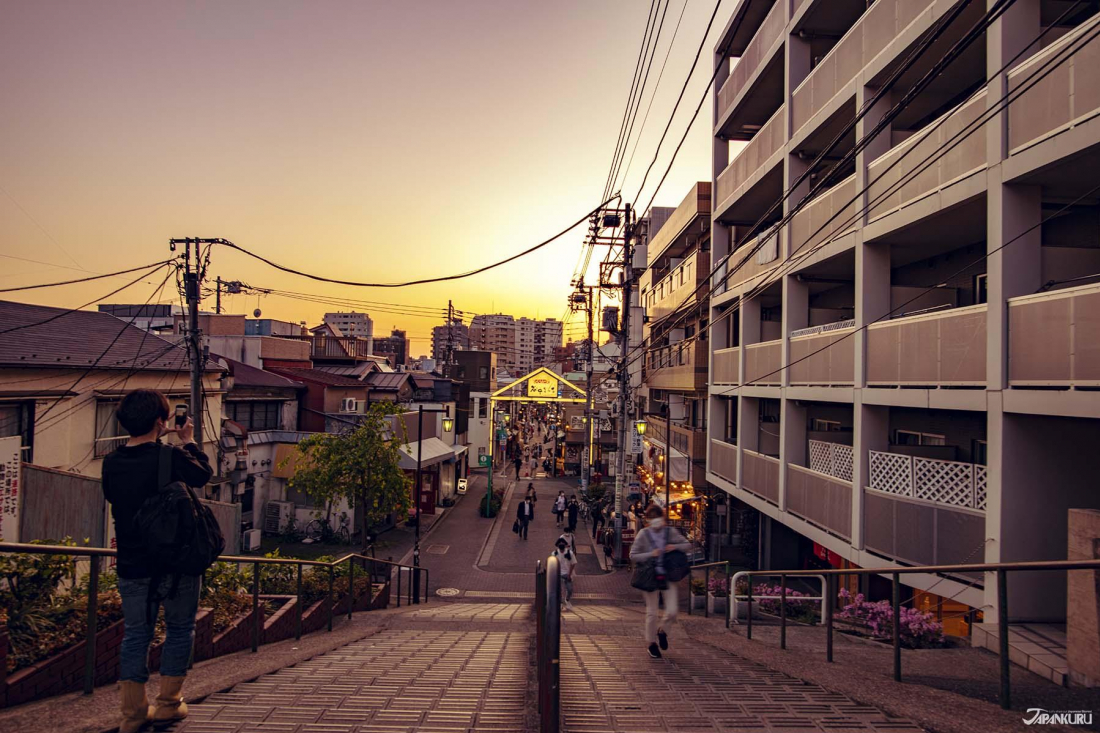
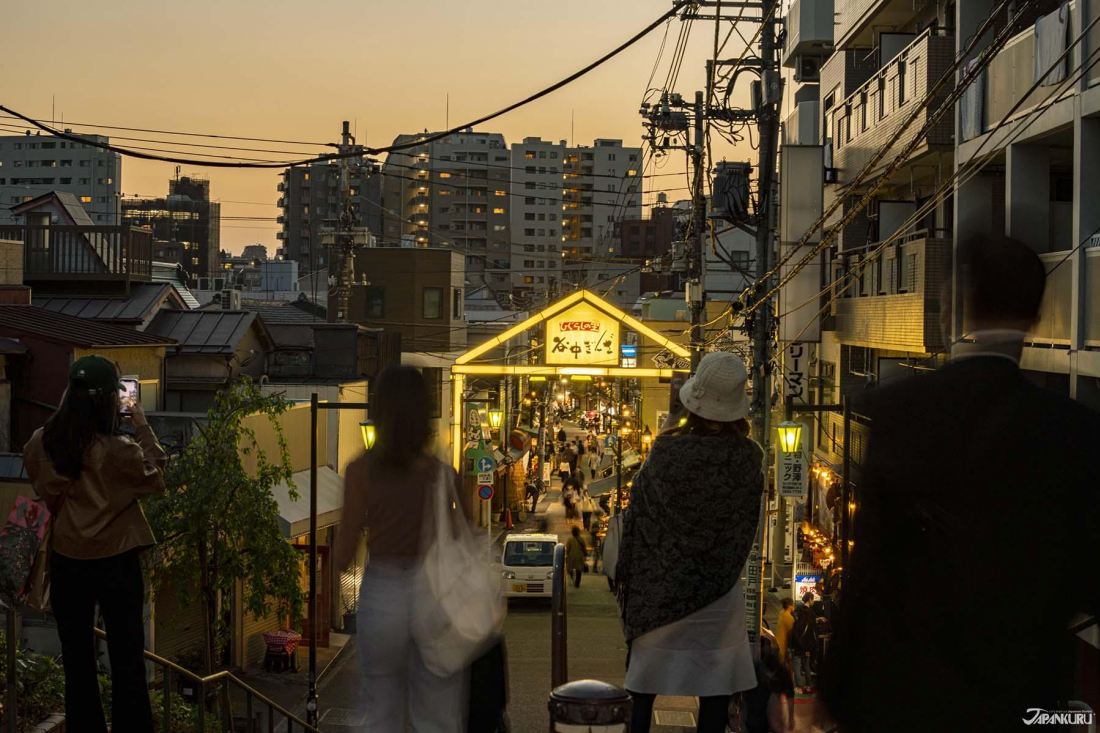
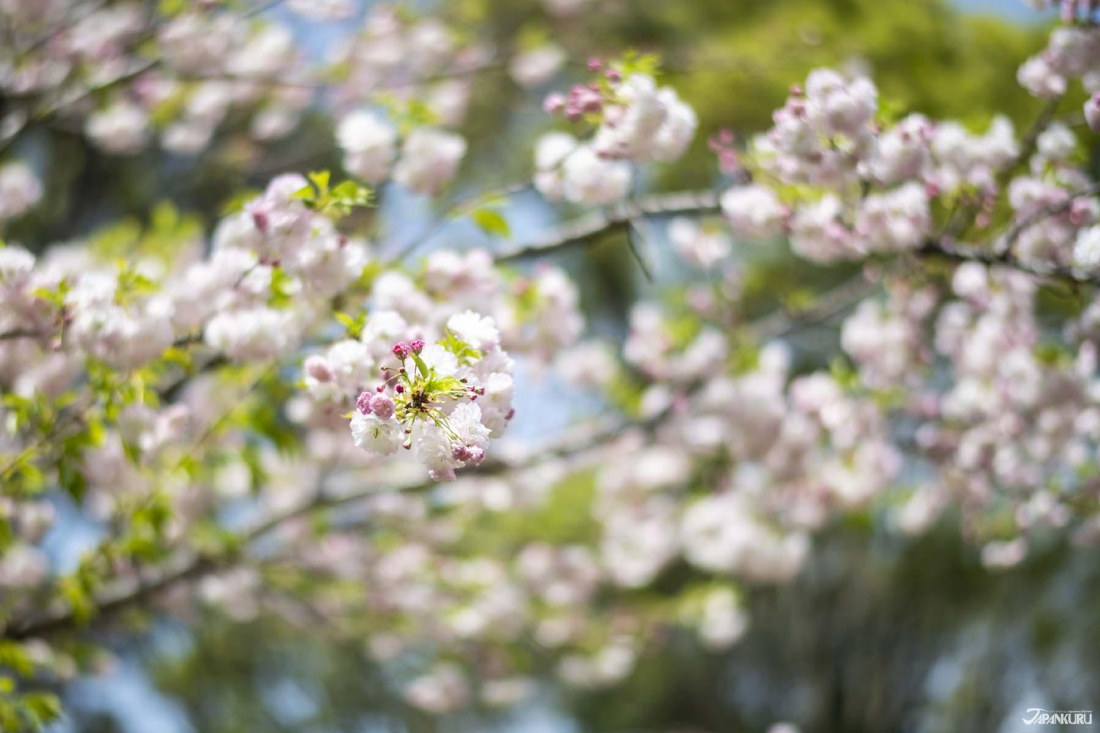
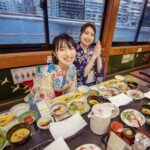



 >> Find out more at Japankuru.com! (link in bio)
#
>> Find out more at Japankuru.com! (link in bio)
#





 The Robot Restaurant is gone, but the Samurai Restaurant is here to take its place. Check it out, and don't forget your coupon!
The Robot Restaurant is gone, but the Samurai Restaurant is here to take its place. Check it out, and don't forget your coupon!
 신주쿠의 명소 로봇 레스토랑이 사무라이 레스토랑으로 부활! 절찬 쿠폰 발급중
신주쿠의 명소 로봇 레스토랑이 사무라이 레스토랑으로 부활! 절찬 쿠폰 발급중
 18歲以上才能入場的歌舞秀,和你想的不一樣!拿好優惠券去看看~
#tokyo #shinjuku #samurairestaurant #robotrestaurant #tokyotrip #도쿄여행 #신주쿠 #사무라이레스토랑 #이색체험 #할인이벤트 #歌舞伎町 #東京景點 #武士餐廳 #日本表演 #日本文化體驗 #japankuru #japantrip #japantravel #japanlovers #japan_of_insta
18歲以上才能入場的歌舞秀,和你想的不一樣!拿好優惠券去看看~
#tokyo #shinjuku #samurairestaurant #robotrestaurant #tokyotrip #도쿄여행 #신주쿠 #사무라이레스토랑 #이색체험 #할인이벤트 #歌舞伎町 #東京景點 #武士餐廳 #日本表演 #日本文化體驗 #japankuru #japantrip #japantravel #japanlovers #japan_of_insta
 코지마 x 빅 카메라 쿠폰으로 일본 가전 제품 쇼핑하기
#pr #japankuru #japanshopping #kojima #biccamera #japaneseskincare #yaman #dji #osmopocket3 #skincaredevice #日本購物 #美容儀 #相機 #雅萌 #日本家電 #일본여행 #면세 #여행꿀팁 #일본쇼핑리스트 #쿠폰 #일본쇼핑 #일본브랜드 #할인 #코지마 #빅카메라 #japankurucoupon
코지마 x 빅 카메라 쿠폰으로 일본 가전 제품 쇼핑하기
#pr #japankuru #japanshopping #kojima #biccamera #japaneseskincare #yaman #dji #osmopocket3 #skincaredevice #日本購物 #美容儀 #相機 #雅萌 #日本家電 #일본여행 #면세 #여행꿀팁 #일본쇼핑리스트 #쿠폰 #일본쇼핑 #일본브랜드 #할인 #코지마 #빅카메라 #japankurucoupon









































